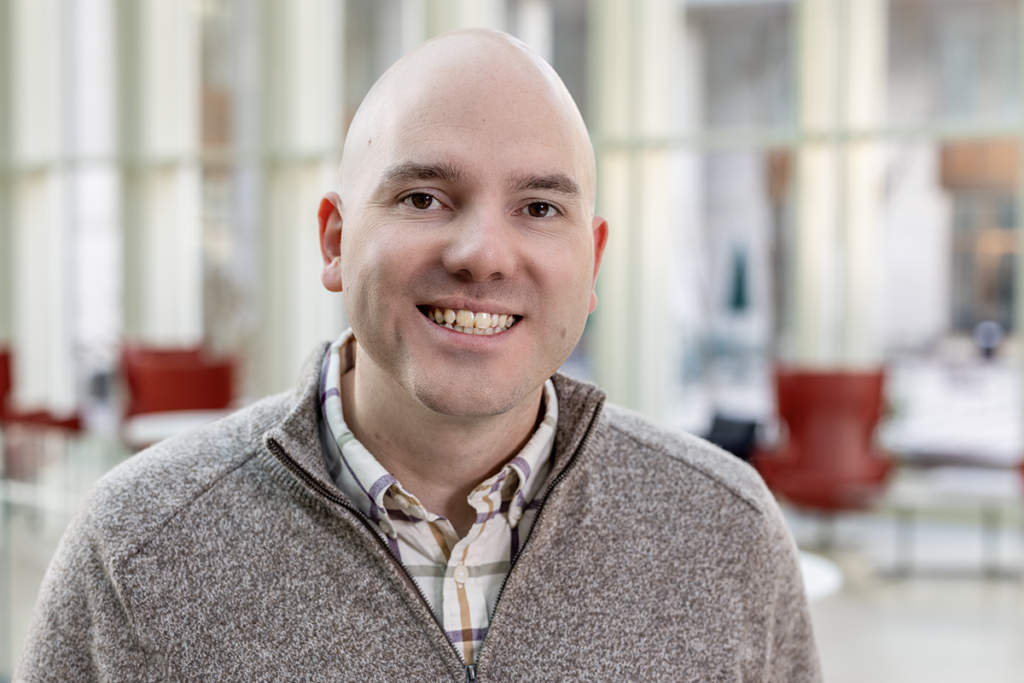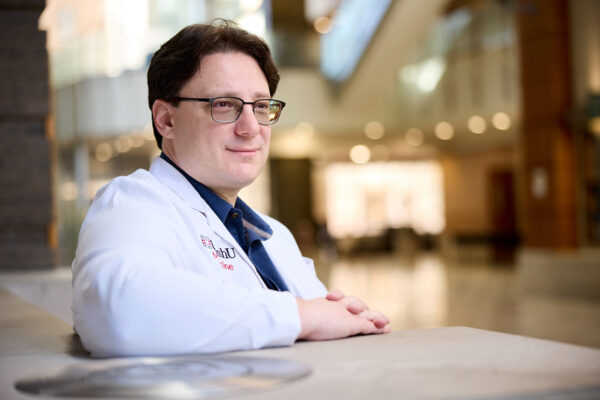The Oklahoma Legislature on May 29 overturned Gov. Kevin Stitt’s veto of HB 2298, a bill designed to provide full practice autonomy to nurse practitioners who have completed 6,240 hours of supervised practice after graduation from their training program. A similar bill for physician assistants is under consideration.
The move follows a national trend. Currently, 28 states have granted nurse practitioners full practice authority, meaning that nurse practitioners can evaluate, diagnose and order diagnostic tests.

“Nurse practitioners fill several critical roles in providing health care for Americans,” said Patrick Aguilar, MD, managing director of Olin Business School’s Business of Health Initiative at Washington University in St. Louis.
“They increase access to care, particularly in places that are understaffed by physicians. This is particularly relevant in rural parts of the country like those in Oklahoma, though it also plays a role in urban centers and in specialties with significantly more demand than the current supply of physicians and nurse practitioners can treat.”
However, a broader conversation about the scope and duration of training and certification that is necessary to independently provide care to patients of all types is needed, Aguilar said.
“Care by nurse practitioners has been demonstrated to have similar safety outcomes to that provided by physicians in several studies, though a large study by the National Bureau of Economic Research showed that nurse practitioners provided more costly care with worse outcomes,” Aguilar said.
Consistency in training is an area of concern. “Nurse practitioner training is highly variable, with some programs providing structured and validated curricular approaches and others providing less structured, ad-hoc clinical training that leaves trainees highly dependent on what they happened to see during rotations. Outcomes likely vary by case complexity and specific training experiences,” Aguilar said.
On average, nurse practitioners who complete a master’s degree in nursing have around 500 hours of clinical training during their degree program. Those who complete a doctorate have 1,000 hours. Upon completion of these programs, nurse practitioners take a board examination that covers the specific focus of their degree program, such as family nurse practitioner, women’s health nurse practitioner, pediatric nurse practitioner, etc.
By comparison, physicians typically have around 5,000-6,000 hours of clinical training by the end of medical school and take three comprehensive examinations covering the breadth of basic and clinical science. Additionally, physician residency programs follow graduation from medical school and provide highly structured education. By the end of training, physicians generally have completed a minimum of 7,000-8,000 hours followed by specialty-specific board examinations.
“The Oklahoma bill allows nurse practitioners to enter independent practice after 6,240 hours of supervised practice, which is often very loosely structured and occurs in the absence of formal curricular requirements and additional specialty-specific board certifications,” Aguilar said.
According to Aguilar, consumers — meaning patients — deserve to know the specific types of training and supervision that their care providers have completed.
“Patients critically need more access to care. The important question is how best to leverage the skills and strengths of the workforce to provide the safest care possible,” he said.


